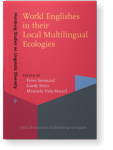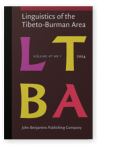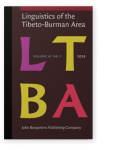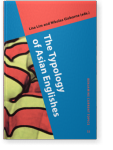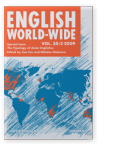Priyankoo Sarmah
List of John Benjamins publications for which Priyankoo Sarmah plays a role.
2025 Chapter 13. The role of English in the linguistic ecology of Northeast India World Englishes in their Local Multilingual Ecologies, Siemund, Peter, Gardy Stein and Manuela Vida-Mannl (eds.), pp. 291–316 | Chapter
India is the world’s most populous country and a hub of linguistic diversity. Within this diverse country, India’s Northeast is a region that is historically, geographically, religiously, and linguistically more distinct from the rest of India than probably any other region, but it has received… read more
2024 Voice onset time in Angami Linguistics of the Tibeto-Burman Area 47:1, pp. 32–56 | Article
Angami has three-way laryngeal contrasts in stops, i.e., voiced, voiceless unaspirated, and voiceless aspirated. Apart from that, Angami also has four phonetically level tones. Due to the level nature of the lexical tones in Angami, consonantal perturbations could be investigated clearly. The… read more
2018 Vowels and tones in Poula Linguistics of the Tibeto-Burman Area 41:1, pp. 22–44 | Article
This paper presents a sketch of the vowels and tones in the Poula language as spoken in the Naamai (Koide) village of Manipur. Acoustic studies on the vowels and tones are conducted in this work, and it is concluded that Poula has a six vowel inventory like many of the languages in the vicinity;… read more
2011 Thai English: Rhythm and vowels The Typology of Asian Englishes, Lim, Lisa and Nikolas Gisborne (eds.), pp. 75–96 | Chapter
2009 Thai English: Rhythm and vowels The Typology of Asian Englishes, Lim, Lisa and Nikolas Gisborne (eds.), pp. 196–217 | Article
We explore two aspects of English spoken by native speakers of Thai: rhythm and the vowel system, and compare each to the substrate language Thai, to target varieties of English, and to two New Englishes in Asia. Data was collected from a group of Thai speakers who participated in an interview in… read more
